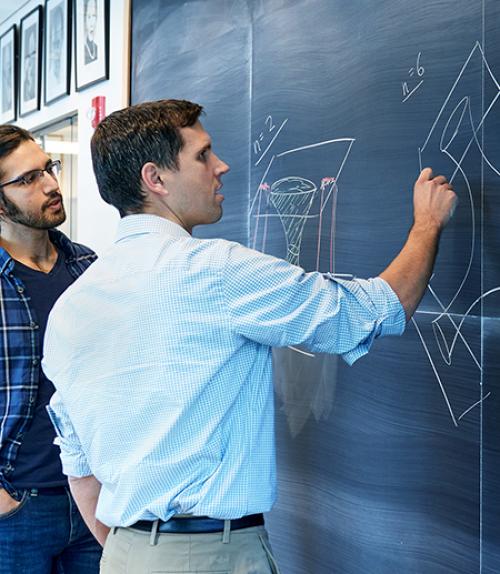
 Department Homepage
The College of Arts & Sciences
Department Homepage
The College of Arts & Sciences
Physics professor advances breakthrough research on black hole paradox
Tom Hartman has discovered a mathematical technique for calculating the physics of a black hole.




